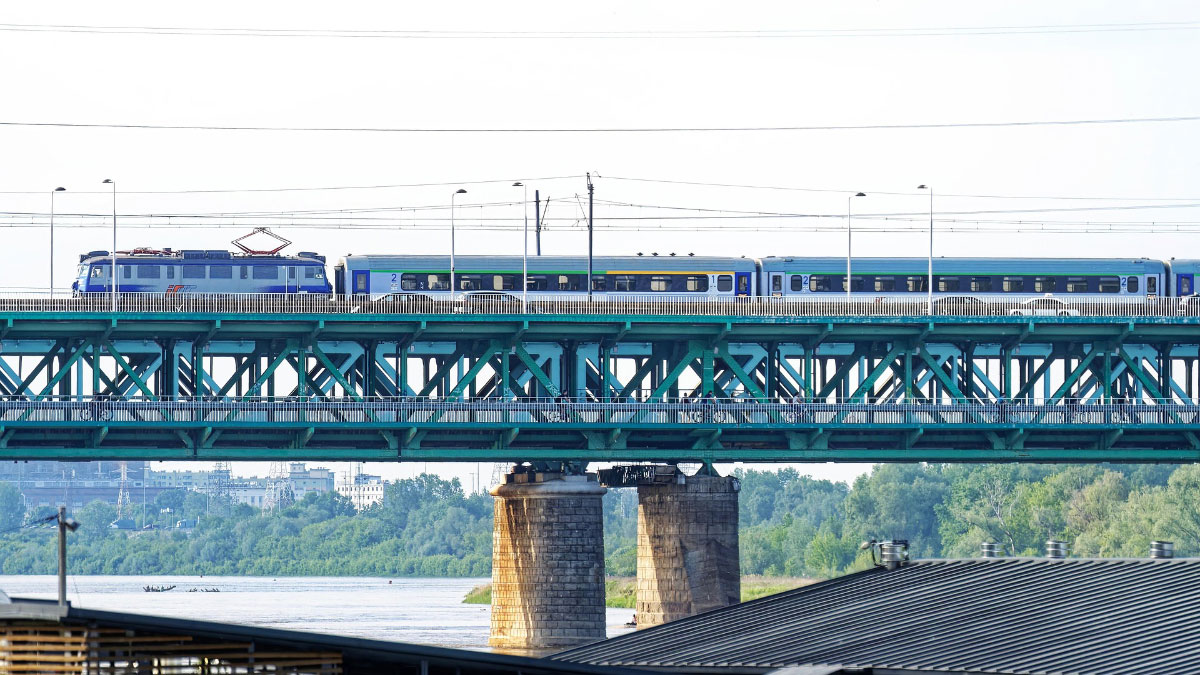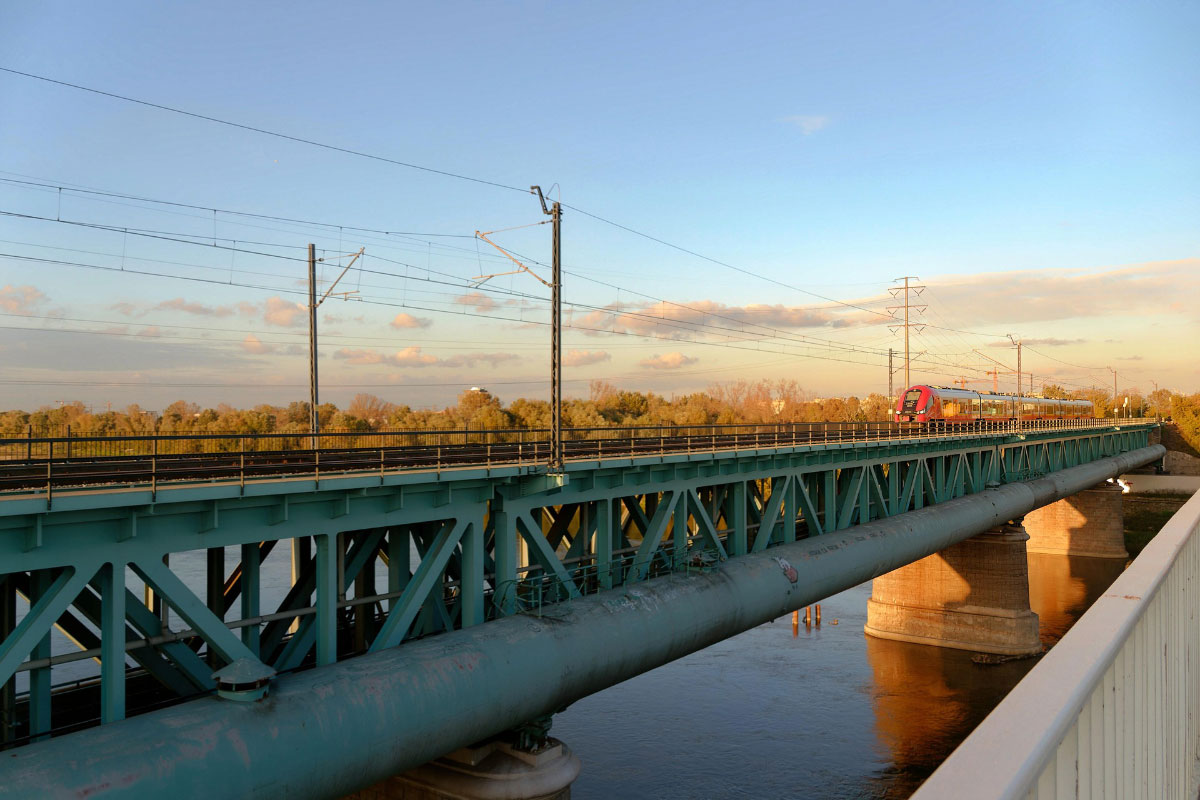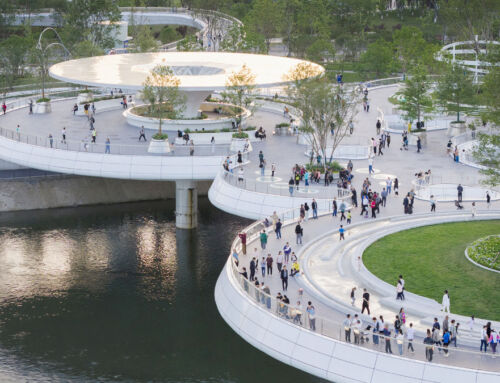A recent article published in Nature magazine reports on a study by a team of researchers from the Polytechnic University of Valencia and the University of Vigo that determines why metal lattice bridges remain standing after suffering serious damage. According to the research, these types of structures have hidden reserves of strength that act in a similar way to spider webs, capable of maintaining their functionality despite the loss of some of their strands.
After analysing 222 structural failures, the research team concluded that viaducts supported by metal lattice structures do not collapse thanks to six latent safety mechanisms. These findings have direct implications in three main areas:
-In the design of safer and more resistant infrastructure through the conscious use of these principles.
-In the management of existing structures—often century-old bridges—with more precise strategies for monitoring, reinforcement, and maintenance.
-In updating technical regulations, as it may be most appropriate to introduce specific robustness requirements for this type of construction.
The study, and the advances it brings, are part of the trend in biomimetic research and development, or the search for solutions that mimic those offered by nature. In fact, in 2023, the same research team was inspired by lizards to develop reinforcements for buildings. On this occasion, they have taken the strength of spider webs as a model to better understand the behaviour of bridges.
To learn more about the experiment inspired by lizards, read here:
👉What a lizard teaches us about construction
By Alberto López, senior structural engineer in the Architecture Department at Amusement Logic.








